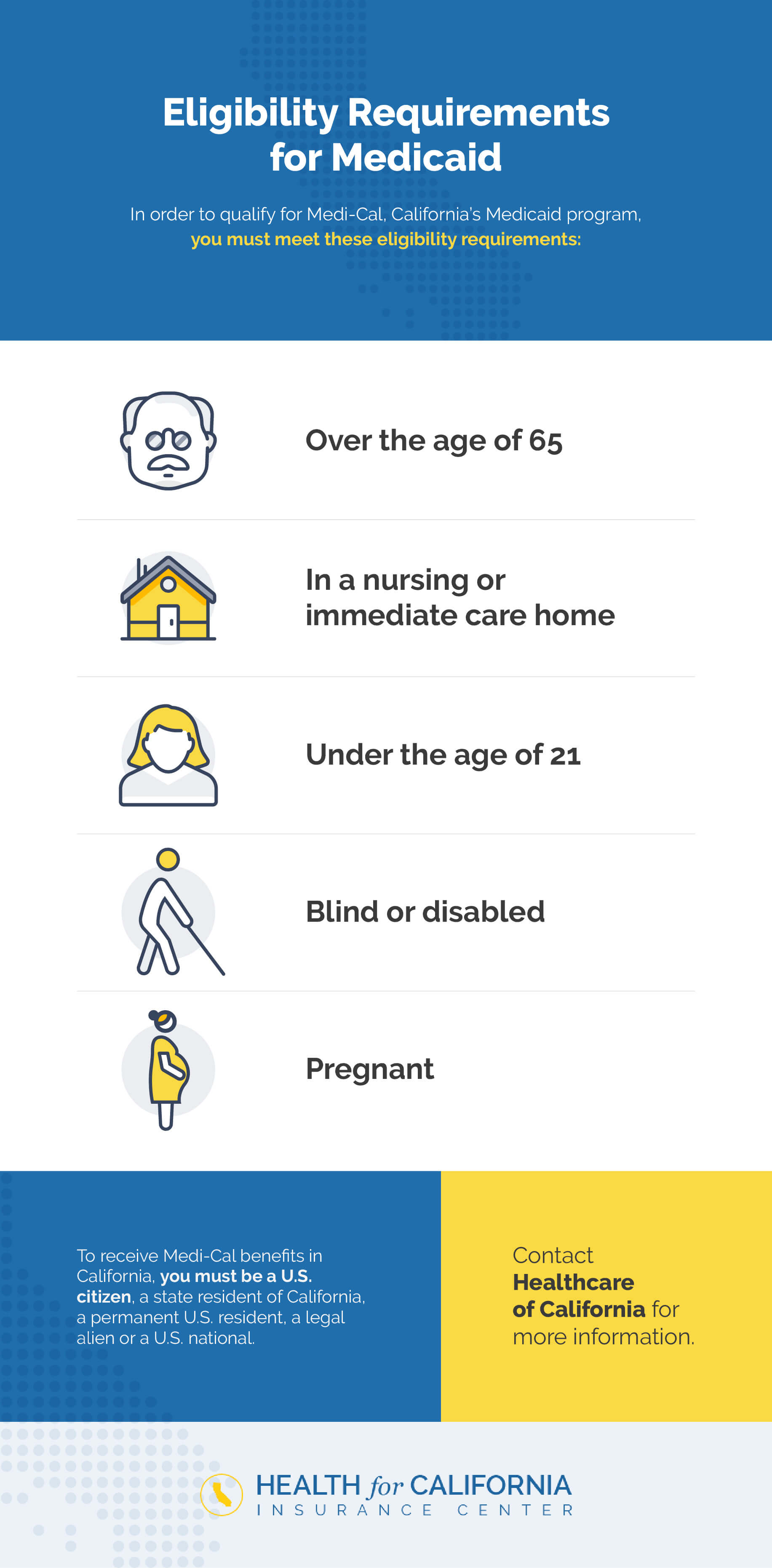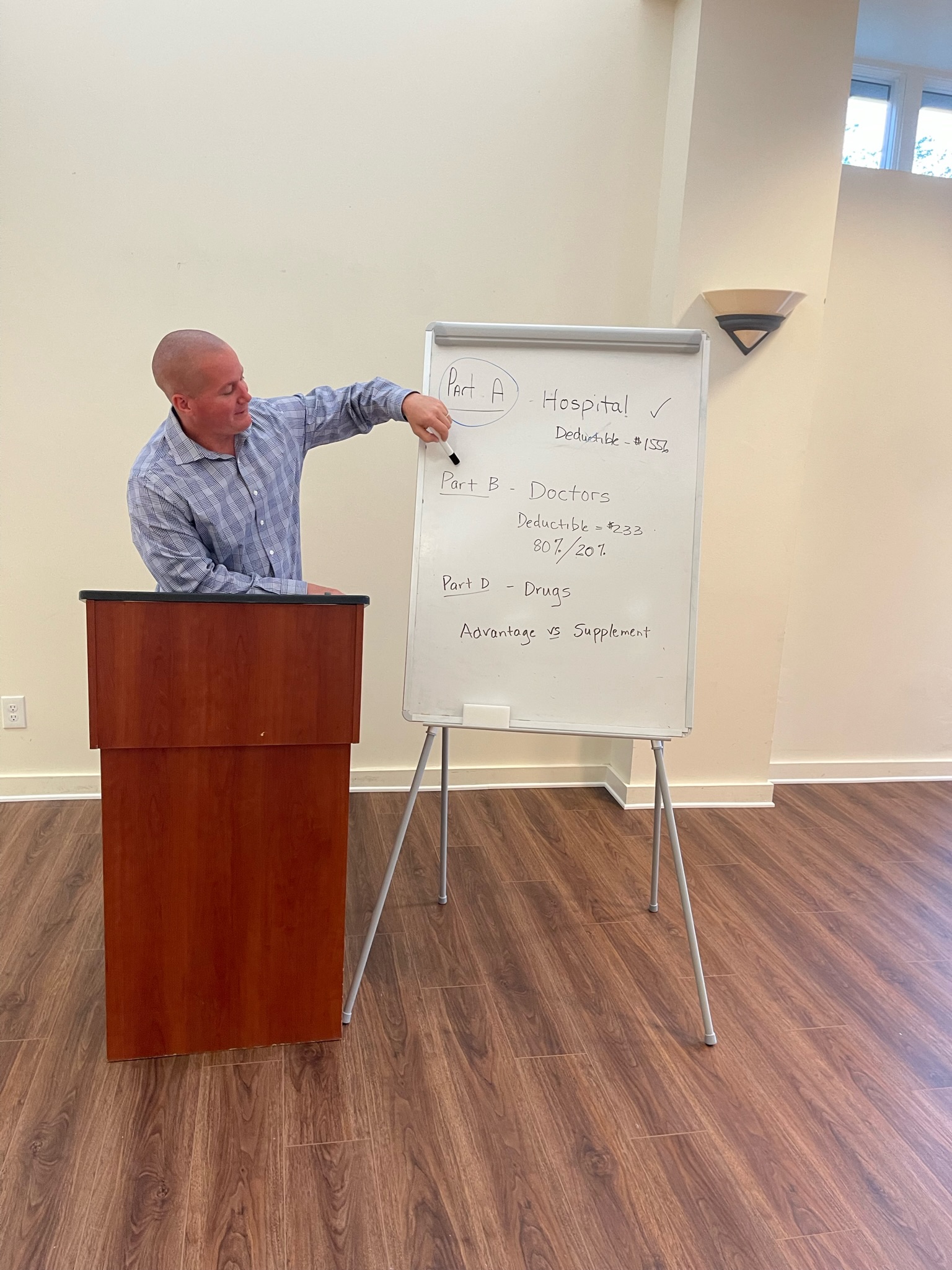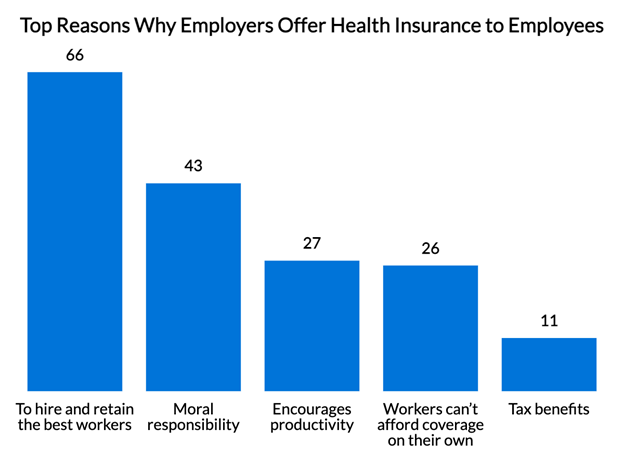What Does Medicare Advantage Agent Do?
What Does Medicare Advantage Agent Do?
Blog Article
6 Easy Facts About Medicare Advantage Agent Shown
Table of ContentsMedicare Advantage Agent Fundamentals ExplainedSome Ideas on Medicare Advantage Agent You Need To KnowSome Known Details About Medicare Advantage Agent


follows from adheres to the relatively young reasonably profile of account uninsured with without insurance better health, wellness average, of younger persons. For those without access to office health insurance policy, bad health and wellness is a possible obstacle to buying nongroup protection because such insurance coverage may be highly valued, omit preexisting problems, or be just not available. Unless or else kept in mind, national price quotes of people without wellness insurance policy and percentages of the population with various kinds of protection are based on the CPS, the most commonly used resource of quotes of insurance coverage and uninsurance prices.

About Medicare Advantage Agent
Over a three-year duration beginning early in 1993, 72 million individuals, 29 percent of the U.S. population, were without insurance coverage for a minimum of one month. Within a solitary year(1994), 53 million individuals experienced a minimum of a month without insurance coverage(Bennefield, 1998a). Six out of every ten without insurance adults are themselves utilized. Although functioning does improve the probability that and one's member of the family will have insurance policy, it is not a guarantee. Even participants of households with 2 full-time breadwinner have almost a one-in-ten possibility of being uninsured (9.1 percent uninsured price)(Hoffman and Pohl, 2000 ). The partnership between medical insurance and access to care is well developed, as documented later on in this chapter. The relationship between health and wellness insurance coverage and health results is neither direct nor straightforward, a considerable clinical and health and wellness services research study literary works links health insurance coverage
to improved enhanced to care, better far better, and improved personal individual population populace health and wellnessStanding The 2nd record, on individual wellness end results for uninsured adults, is stood for by the inner circle of the number, while the 3rd record, on family well-being, encompasses the subjects of the 2nd report however stresses a various system of evaluation, namely, the family. The 6th report in the series will present details regarding techniques and initiatives carried out locally, statewide, or across the country to deal with the absence of insurance policy and its adverse effects. Degrees of analysis for examining the results of uninsurance. This conversation of medical insurance protection concentrates primarily on the united state populace under age 65 because essentially all Americans 65 and older have Medicare or various other public coverage.
Additionally, it concentrates especially on those without any health and wellness insurance policy for any kind of size of time. The problems dealt with by the underinsured are in some respects similar to those faced by the without insurance, although they are generally much less severe. Uninsurance and underinsurance, nevertheless, include distinctly various policy issues, and the strategies for resolving them may differ. Throughout this study and the five reports to comply with, the major emphasis gets on individuals without any medical insurance and thus no assistance in spending for health care past what is offered through charity and safeguard organizations. Health insurance policy is a powerful variable impacting receipt of care because both individuals and doctors reply to the out-of-pocket rate of solutions. Wellness insurance policy, nevertheless, is neither essential nor adequate to get to clinical services. The independent and direct effect of health and wellness
insurance insurance policy protection access accessibility health health and wellness solutions well establishedDeveloped Others will certainly get the healthcare they need also without medical insurance, by paying for it out of pocket or seeking it from suppliers that use treatment cost-free or at highly subsidized rates. For still others, wellness insurance coverage alone does not make sure receipt of care as a result of various other nonfinancial barriers, such as a lack of health and wellness treatment service providers in their community, minimal access to transport, illiteracy, or linguistic and social distinctions. Official research regarding uninsured populaces in the USA dates to the late 1920s and very early 1930s when the Committee on the Price of Treatment created a series of records about financing doctor workplace brows through and hospital stays. This issue became salient as the numbers of medically indigent climbed up throughout the Great Depression. Empirical research studies constantly sustain the web link between access to care and enhanced health and wellness end results(Bindman et al., 1995; Starfield, 1995 ). Having a routine source of care can be considered a forecaster of gain access to, rather than a direct action of it, when wellness outcomes are themselves made use of as access signs. This expansion of the idea of gain access to measurement was made by the IOM Board on Keeping An Eye On Accessibility to Personal Healthcare Services(Millman, this contact form 1993, p. Whether or not parents are insured appears to influence whether their youngsters receive treatment in addition to how much careeven if the youngsters themselves have click for source insurance coverage(Hanson, 1998). The wellness of moms and dads can influence their ability to take care of their children and the degree of household tension. Bothering with their youngsters's accessibility to care is itself a source of anxiety for parents. 3 phases adhere to in this report. Phase 2 offers a summary of just how employment-based wellness insurance policy, public programs and private insurance coverage run and communicate to supply comprehensive however incomplete insurance coverage of the united state population. This includes a testimonial of historical fads and public laws impacting both public and exclusive insurance policy, a conversation of the communications amongst the different kinds of insurance policy, and an assessment of why individuals move from one program to one more or end up

Report this page